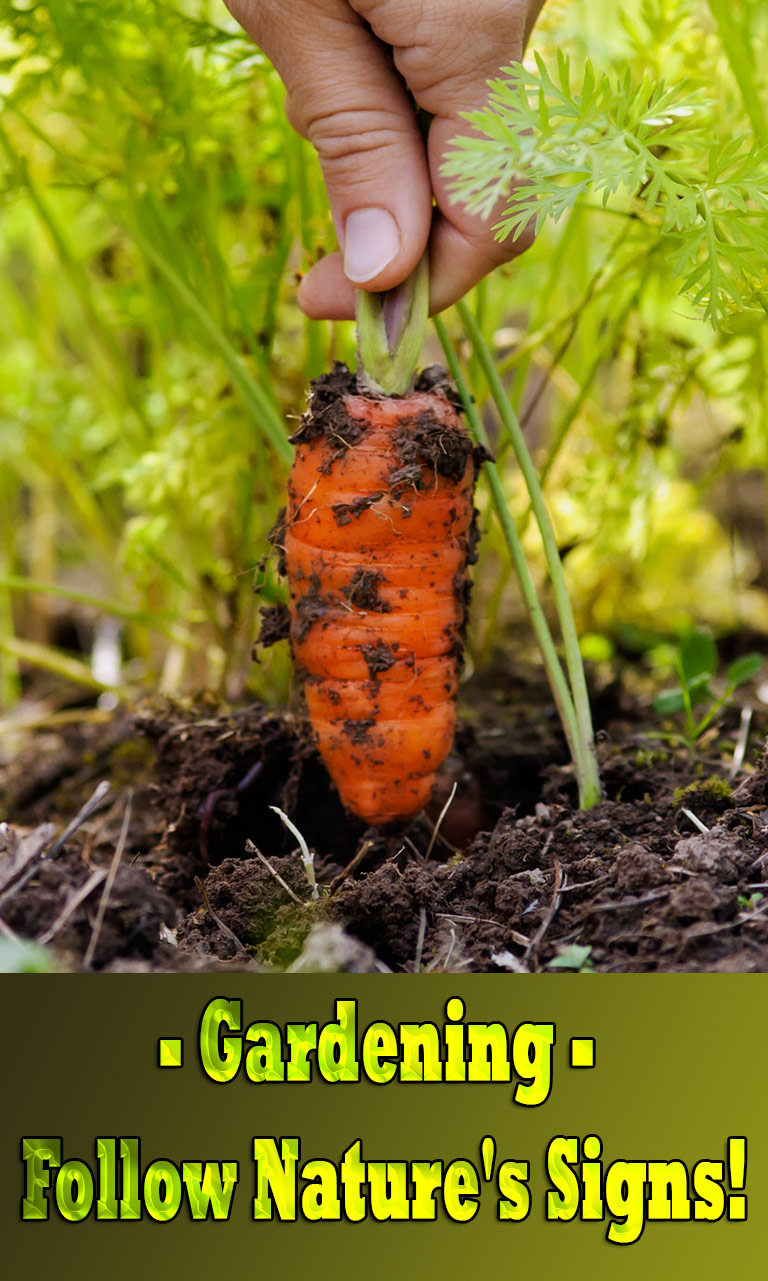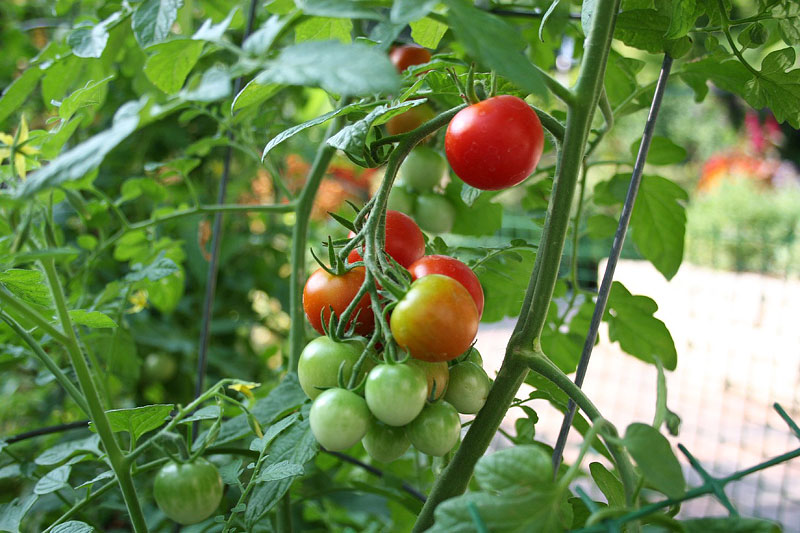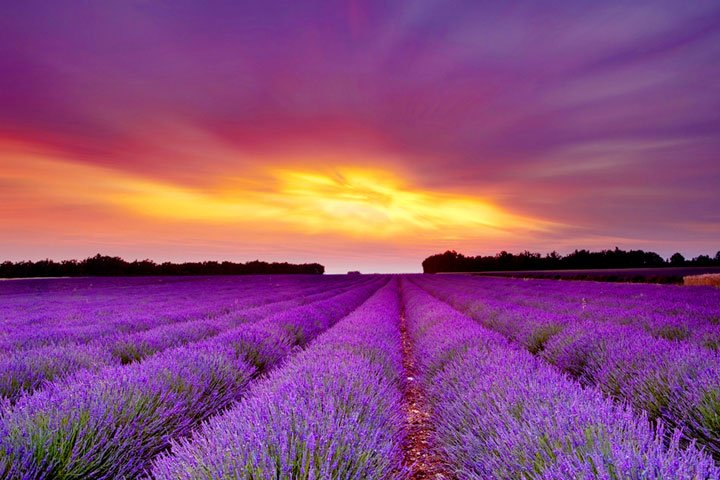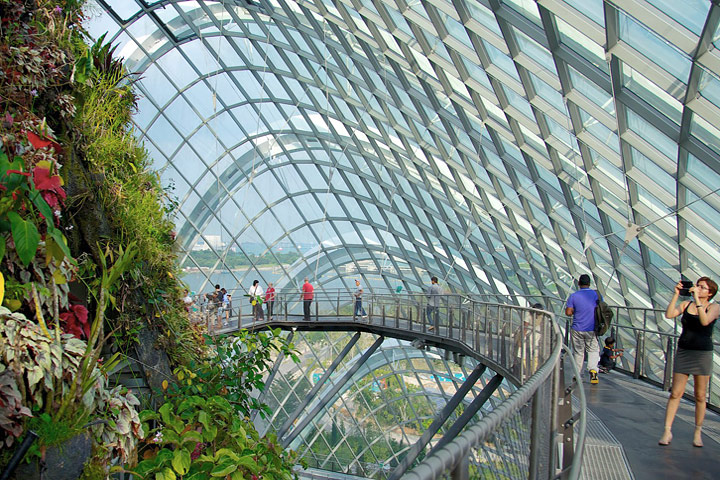
For centuries, farmers took their cues for planting times from observing what’s happening in nature—such as bird migration, the emergence of insects and amphibians (like peepers), and the flowering of native plants.
Nature’s Signs: Phenology
Phenology is the study of periodic plant and animal life cycle events and how these are influenced by seasonal and interannual variations in climate, as well as habitat factors. Watching for nature’s signs is called “phenology”, from the Greek for the” science of appearances”. Trees, shrubs and flowers are sensitive to temperature and day length and develop on a regular schedule based on local conditions.
It only makes sense to use them as indicators of when the weather is right for planting. Observations made over many years have led to some fairly reliable conclusions.

Following Nature’s Lead
Nature’s signs are different in every region, however, you should still relate to these examples:
- Blooming crocus are your cue to plant radishes, parsnips and spinach.
- Half-hardy vegetables including beets, carrots and chard can be planted when the daffodils blossom.
- When the forsythia is in bloom it is safe to plant peas, onion sets and lettuce.
- Look for dandelions to bloom before planting potatoes.
- Perennials can be planted when the maple trees begin to leaf out.
- When quince is blossoming, transplant cabbage and broccoli
- Wait for apple trees to bloom before planting bush beans.
- When the apple blossoms fall, plant pole beans and cucumbers.
- By the time the lilacs are in full bloom it will be safe to plant tender annual flowers and squashes.
- Transplant tomatoes when lily-of-the-valley is in full flower.
- Full-sized maple leaves signal time to plant morning glory seeds.
- Peppers and eggplant can be transplanted when the irises are blooming.
- When peonies blossom it is safe to plant heat-loving melons.
While not totally foolproof, following nature’s signs helps us tune in to the rhythm of life around us.





Leave a Reply